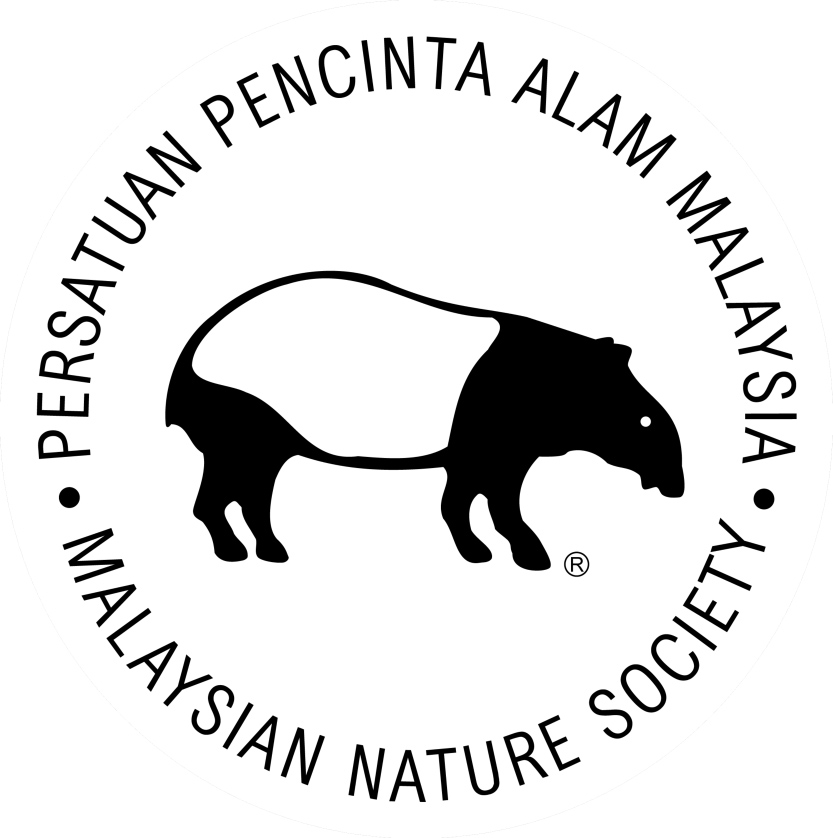STATE OF NATURE CONSERVATION 2025
CONCEPT NOTE
Malaysia, comprising Peninsular Malaysia, Sabah and Sarawak, is home to not only 34 million Malaysians, but also a myriad of ecosystems and habitats, together with its assemblage of flora, fauna, and other living beings. This ecological and biological richness have been a subject of fascination and research for more than two centuries, resulting in a plethora of literature dedicated to describing the natural heritage found in Malaysia. Even to this day, new discoveries are being made and recorded in the annals of history by the hardworking researchers and conservationists. The towering Dipterocarpus trees of the lowland tropical forests; the iconic megafauna that roams our lands like the Malayan Tigers and the Pygmy Elephants; the colourful tapestry of coral reefs along our coasts, teeming with marine life; the meandering rivers that wind through our lands, where we source drinking water; and the Indigenous Peoples, whose lives and fates are intricately linked to the natural environments they inhabit. These are a very small sample of Malaysia’s natural heritage, which is undergoing a gradual but certain decline.The destruction and degradation of Malaysia’s natural environment began before Malaysia was formed. The opening and expansion of tin mines, rubber plantations, subsequently oil palm plantations, as well as growth and mushrooming of major and satellite townships, since the 19th century have been less than kind to Malaysia’s natural environment. The Malaysian Nature Society (MNS; then known as the Malayan Nature Society) was founded in 1940 by British expatriates with the purpose of recording, collating, and publishing their observations of the natural environment, to foster better appreciation for nature.
After 34 years since the maiden release of ‘The State of Nature Conservation in Malaysia’ in 1991, the time is ripe to revisit and reassess the present state of conservation in Malaysia. The State of Nature Conservation in Malaysia 2025 aims to (i) account for the environmental baseline conditions around Malaysia; (ii) highlight pertinent management shortcomings; and (iii) suggest and/or exemplify ways forward.
The State of Nature Conservation in Malaysia 2025 will encompass four Themes:
(i) Flora – plants and its habitats;
(ii) Fauna – wildlife and ecosystem;
(iii) Indigenous Peoples – indigenous knowledge, rights and role in conservation; and
(iv) Anthropocene – human impact like land-use changes, industrialisation, etc.
The contents include, but are not limited to broad overviews, situational analysis, case studies (where relevant), challenges, opportunities and recommendations.
The State of Nature Conservation in Malaysia 2025 will bring together experts across sectors for a 3-day symposium from 25 – 27 November 2025 in Kuala Lumpur to showcase their findings and spark important discussions. Following the symposium, MNS will release a comprehensive publication in March 2026, that will include factual updates, local case studies and clear recommendations for conserving and protecting Malaysia’s natural heritages. This updated edition will serve as a reference point for decision-makers, researchers, civil society, and the general public.
The Themes and their respective Coordinators are as follows:
| Theme | Coordinator |
| Flora | Dato’ Dr. Abdul Latiff Mohamad |
| Fauna | Dato’ Dr. Dionysius Sharma |
| Indigenous Peoples | Dr. Colin Nicholas & Dr. Kamal Solhaimi Fadzil |
| Anthropocene | Donovan Louis & Dr. Teckwyn Lim |
For more information or to express your interest to contribute to the State of Nature Conservation in Malaysia 2025, kindly contact the MNS Secretariat at
data@mns.org.my (Ng Sean Fong),
nature@mns.org.my (Vivian Soon),
The MNS Secretariat is currently seeking for funding and support for the publication of the State of Nature Conservation in Malaysia 2025, kindly email hod.conservation@mns.org.my (Donovan Louis) and policy@mns.org.my (Ng Sean Fong) to express your interest to fund this publication.

